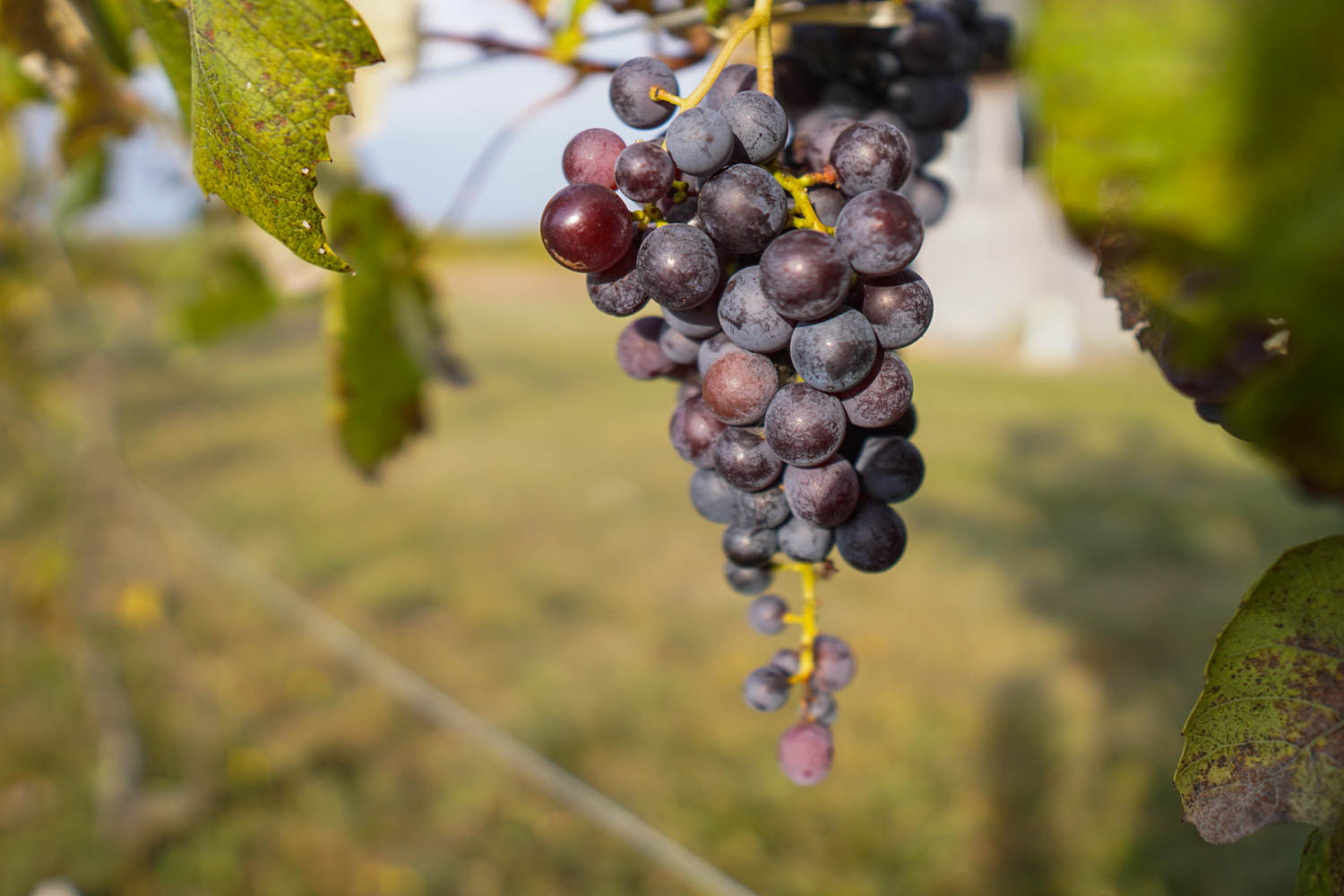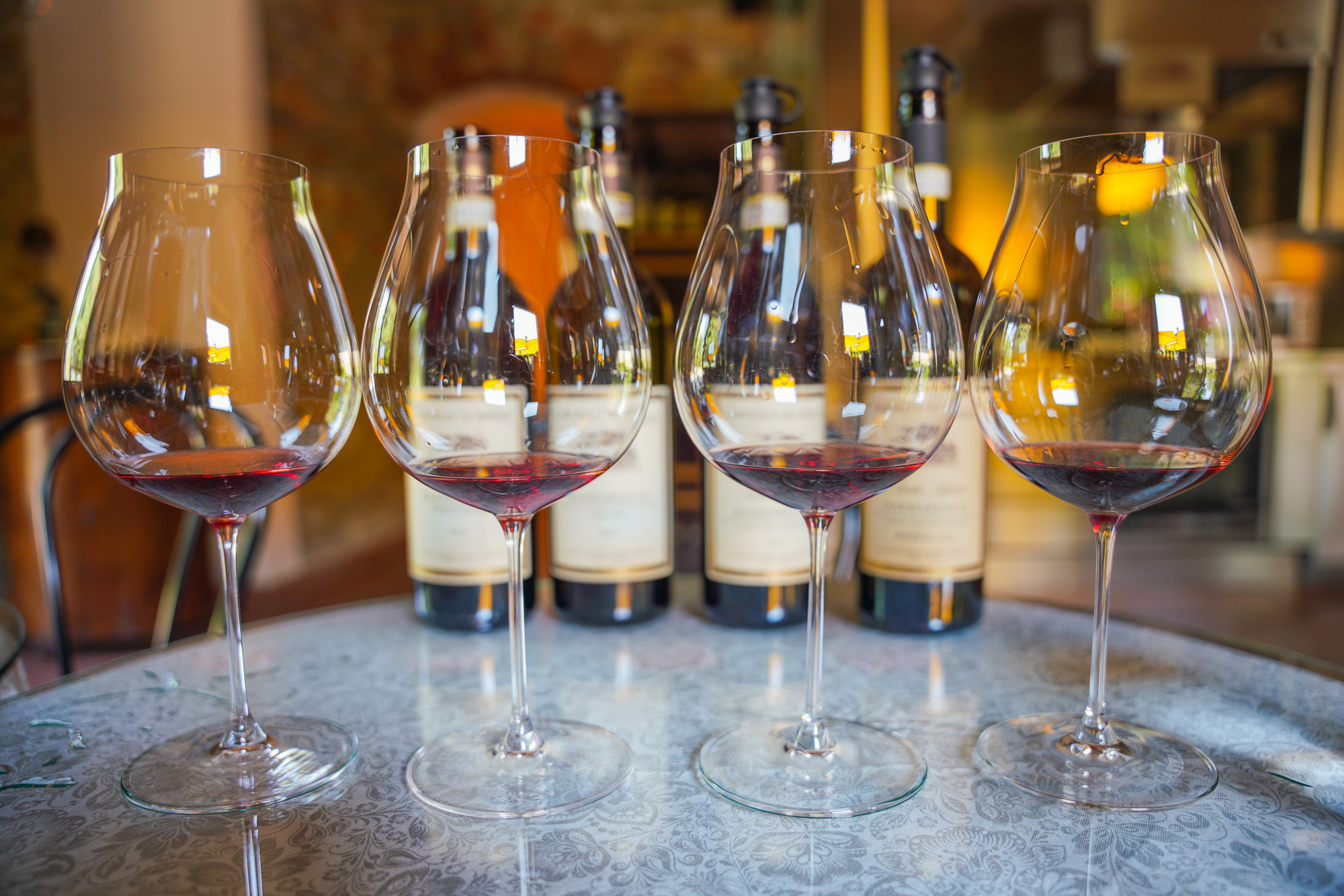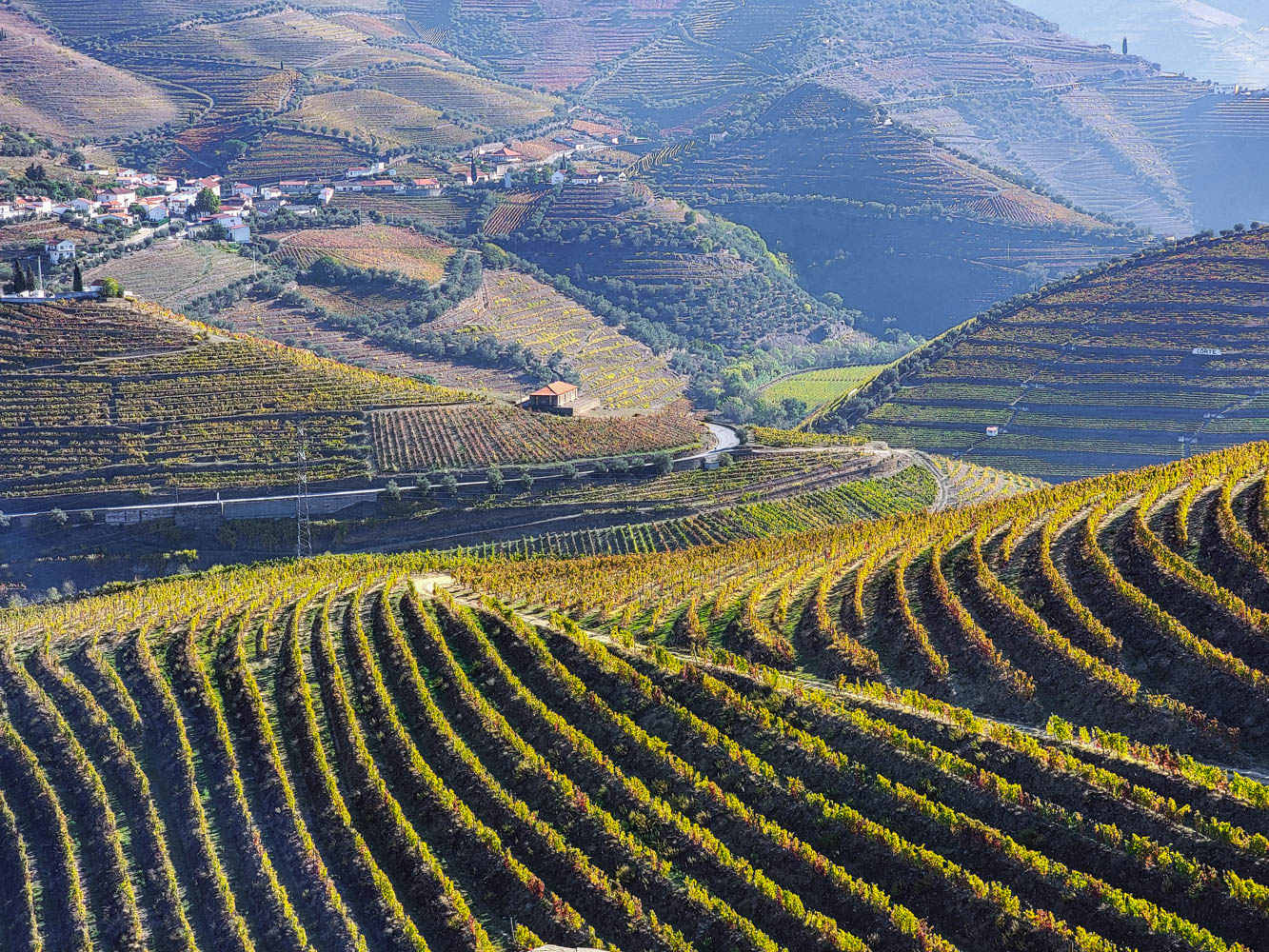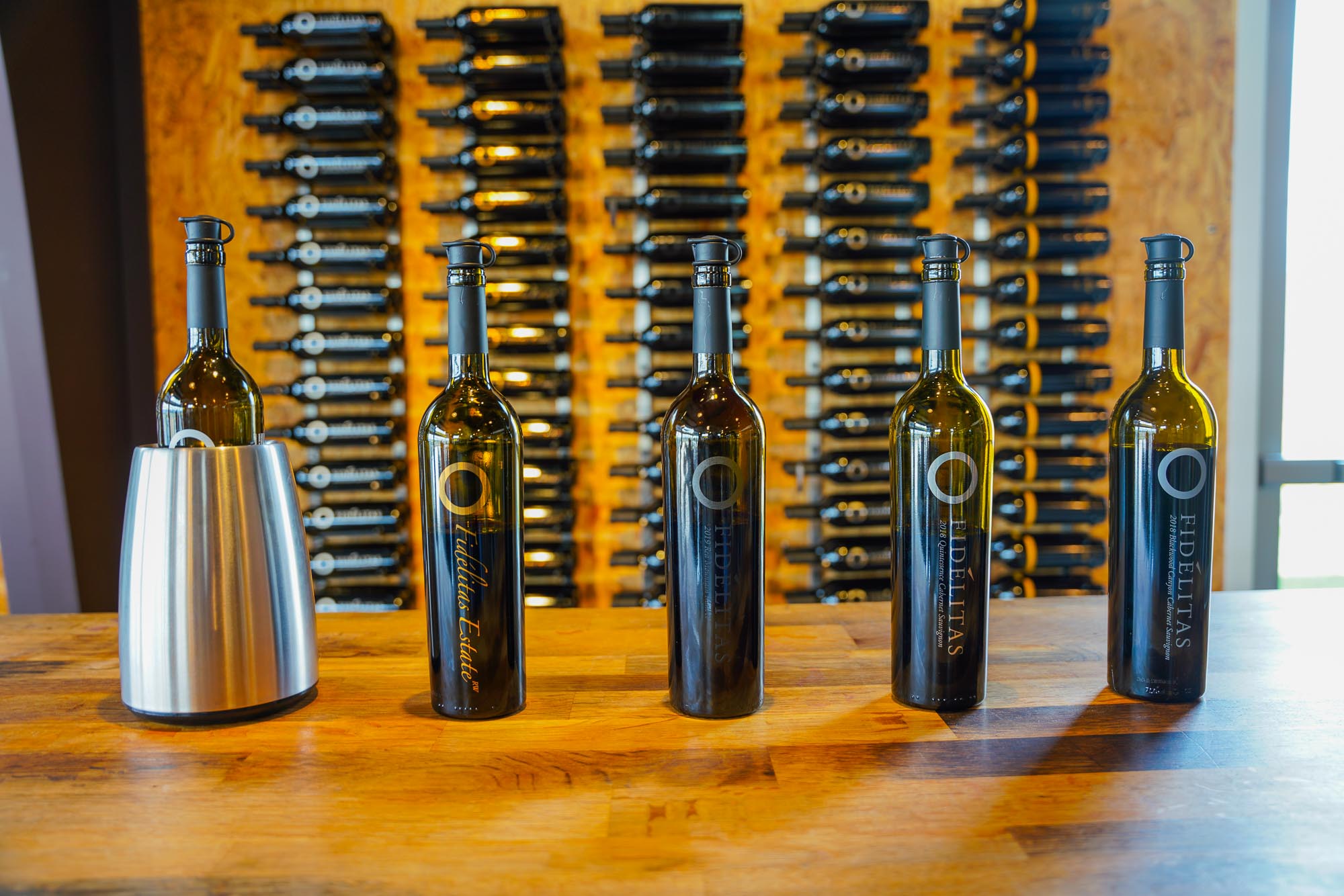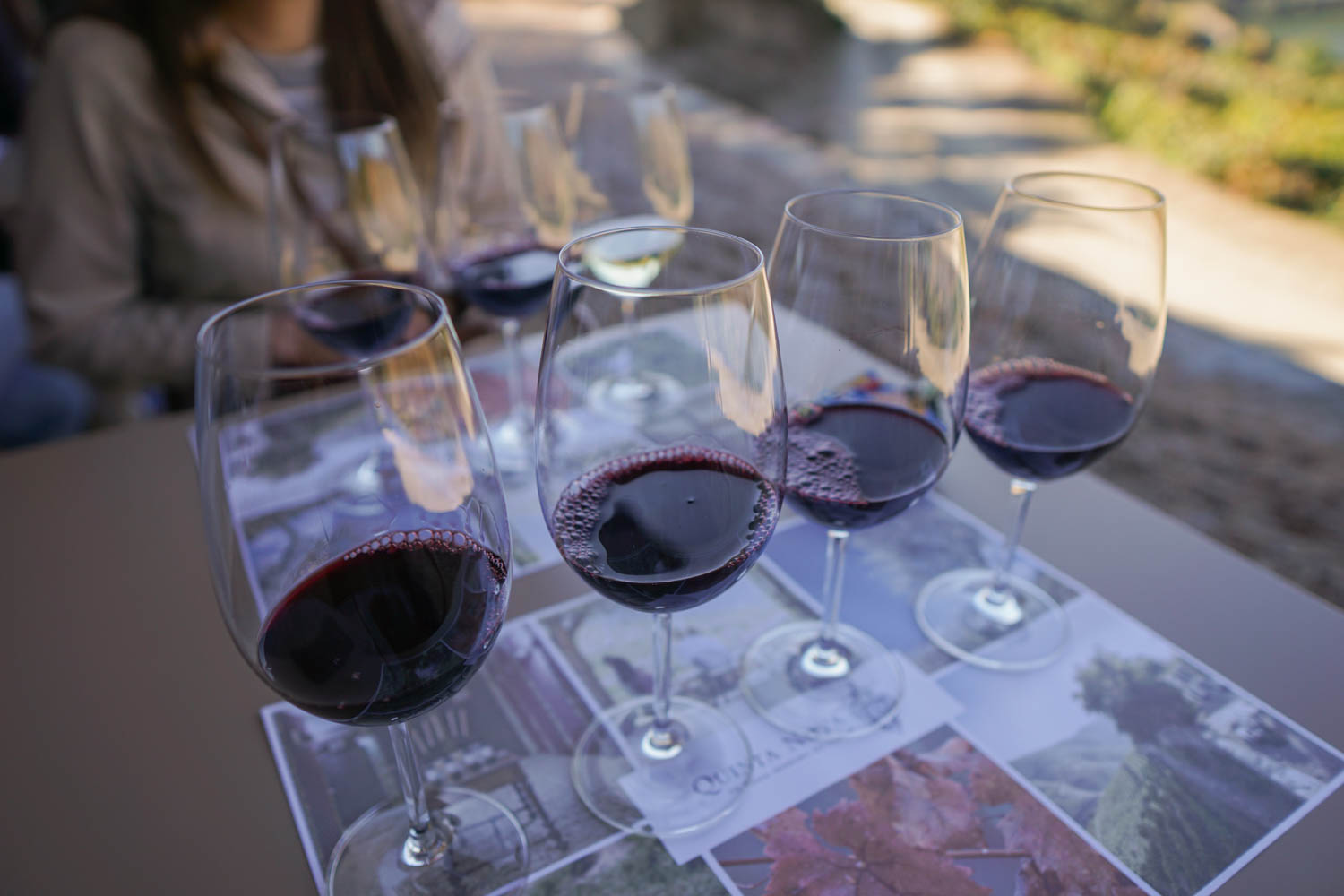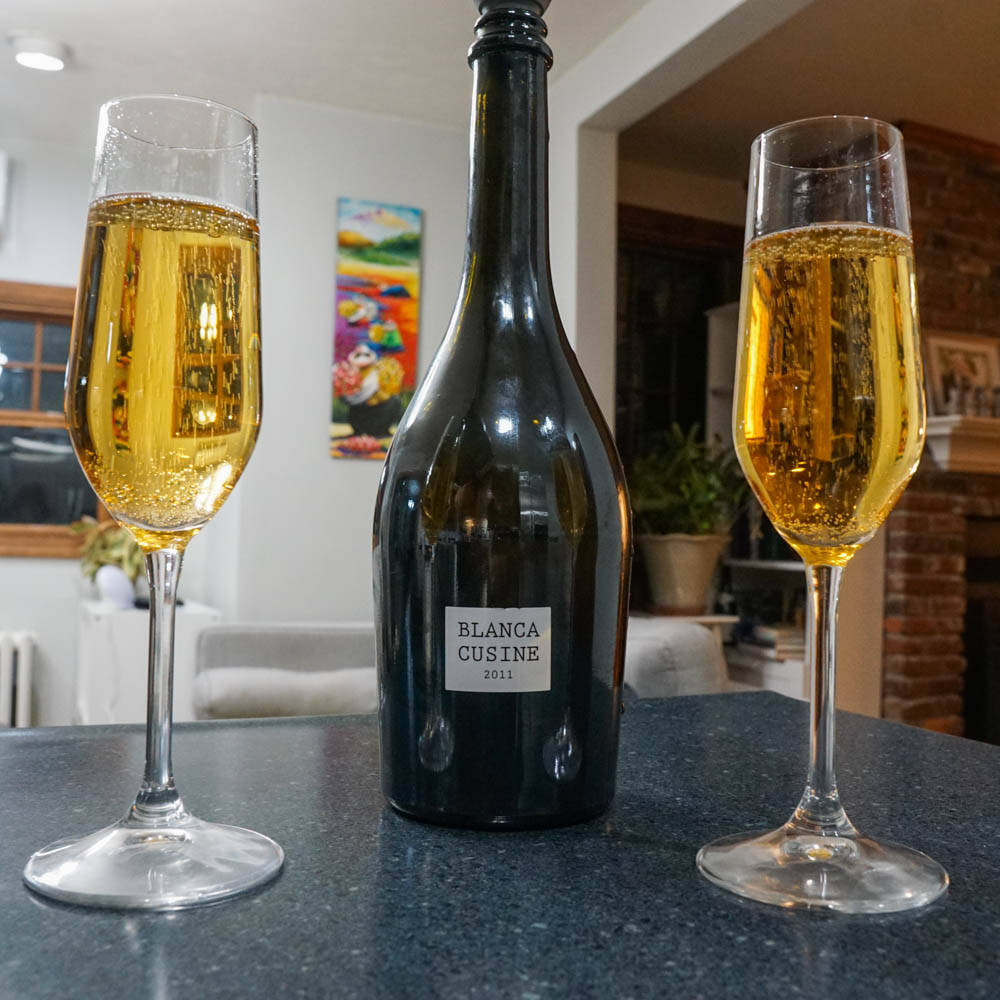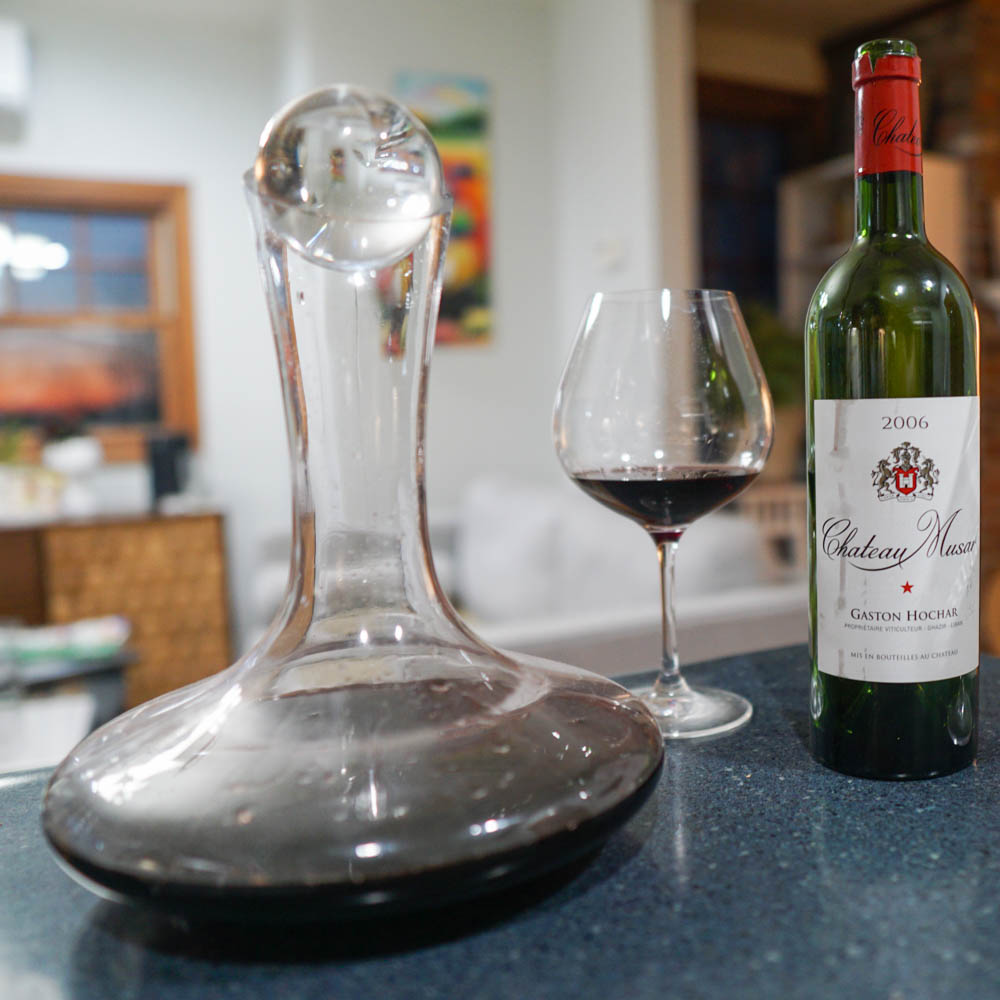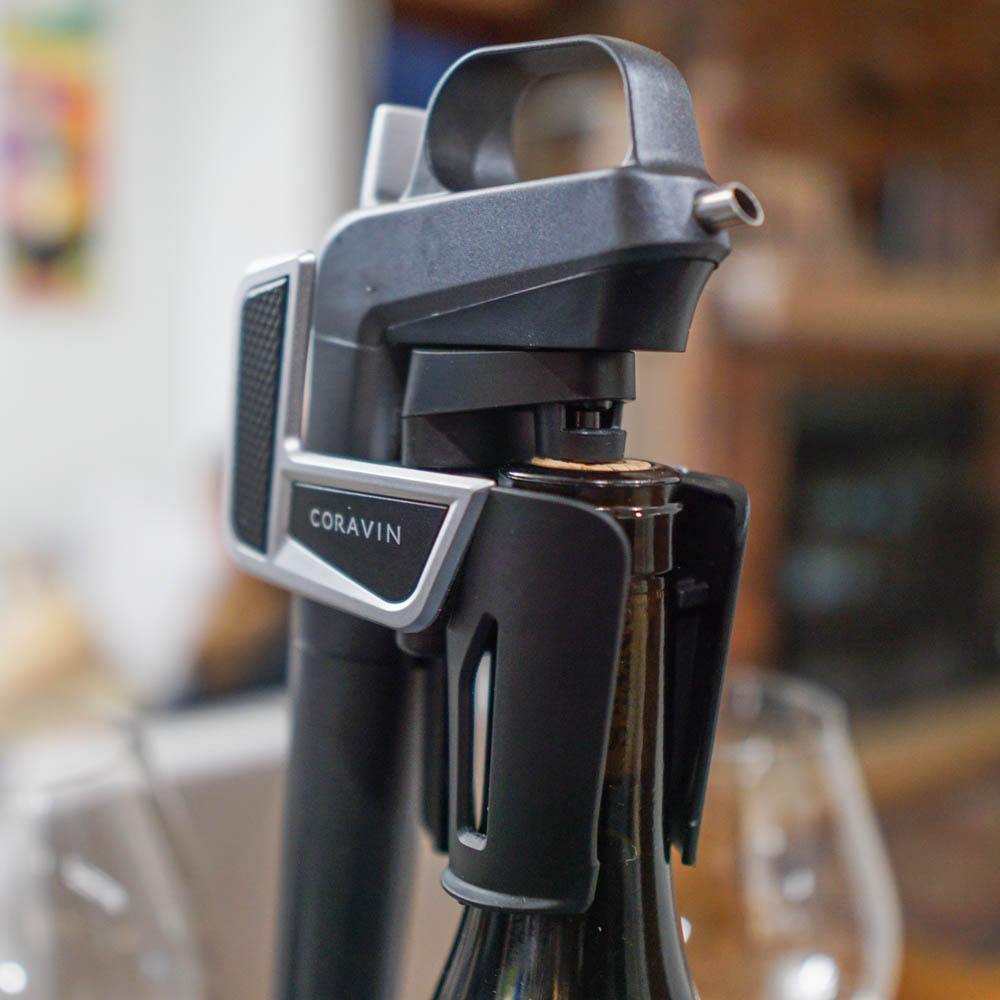Published by Jeremy.
Disclaimers: We use demographic data, email opt-ins, display advertising, and affiliate links to operate this site. Please review our Terms and Conditions for more information. This website is intended for those of legal drinking age in your jurisdiction.
If you've ever started to plan a wine trip, got to the point where you began researching wineries, and felt utterly overwhelmed, you're not alone.
Although we find researching wineries to be a fun part of planning wine travels, we must admit it is also one of the most tedious and time-consuming.
When we planned our wine tour in Piedmont, for example, we knew we wanted to spend five days in Barolo and Alba, and we booked our accommodations and dates relatively easily. Sorting through hundreds of wineries to find ones that were highly rated, open for tours, and available on our dates became a challenge that required many, many hours of research and back-and-forth emails.
So in this one, we thought we'd dive more into our own process of researching and selecting wineries to visit when traveling!
Note: We take a deep dive into planning wineries to visit when traveling in this one. As such, this article is written for those who are the most into wine like we are. If you are a passive wine fan and simply want to enjoy a few wineries in any given region, this guide can help you, but you may be able to skip a few steps based on your interest level.
What We Look For in Wineries to Visit
There is no one-size-fits-all approach to finding the perfect winery for you. Many factors come into play when visiting a wine region, such as how many days you have, how many wineries you want to visit vs other activities, their proximity to your hotel or apartment rental, cost, styles of wine served, size of the winery, availability, and, of course, your tastes.
As we are on the more extreme end of the spectrum, we tend to want to hit as many wineries as we can, and on any given wine trip tend to hit between 6-12 wineries over three to five days in a region. But as many wine regions have hundreds of wineries to choose from, sorting through the options becomes a somewhat laborious process to find the best ones for us (which, in some cases, may not be the “best” in other categories!).
Ultimately, we take a look at a few key factors when planning a trip to a wine region:
- Winery Style: We like to hit a mix of winery types on any given visit. While we personally enjoy wines made by boutique, low-volume, high-quality producers the most, we also like to include visits to the large, famous producers that are household names in any given region, family-owned wineries focusing on traditional production, female or minority-owned wineries, and more. To us, this gives a more holistic view to understand the wine region overall.
- Big producers, like Chateau St. Michelle in Washington or Coppola in Napa, often have gorgeous estates and give unique insights into volume production.
- Our very favorite producer in Barolo is E. Pira & Figlia, run by Chiara Boschis, and as one of the first female leaders of Barolo winemaking, we can safely say her insights can be seen in every bottle!
- Grapes Used: Since our goal here at The Grape Pursuit is to try every wine varietal in the world, it should be no surprise that we seek out wineries based on the grapes they make- be it their specialty grapes or their obscure grapes used that you cannot find anywhere else. The truth is that many wine regions are famous for several grapes, and producers often specialize or are highly recognized for one over another. Creating an itinerary that touches on each of the primary (or secondary) grapes produced in a region makes for a more varied trip.
- On our Piedmont itinerary, as mentioned above, we spent a lot of time in Barolo to try their famous Nebbiolo. But overlooking the neighboring regions of Dogliani (Dolcetto), Asti (Moscato), Barbaresco (Nebbiolo), and more would have been a significant oversight on our part!
- Reviews: No one wants to visit a “bad” winery, right? Bad should be emphasized here because most wineries are not truly bad, but rather may not make styles of wine that are the right ones for you. This is where reviews come into play. We often use reviews to find wineries based on their reputation with critics, the masses, and for specific styles of wine that we absolutely must try. This article is going to focus on the steps we take to sort through reviews in particular.
- Cost and Availability: Finally, we come to cost and availability. Sadly, in a post-COVID world, most wineries are shifting to a reservation model for visitors, and costs for tours and tastings can swing substantially. Some wineries may offer free tastes because they know you'll likely buy a bottle. Others may waive tasting fees if you buy a certain number of bottles be it one, three, six, or a case. We've even seen more prestigious wineries only open for journalists or with several hundred dollar fees/donations to weed out the (assumed) thousands of requests they get every single day. As such, the last thing you have to do after finding a winery you may want to visit is reach out and see what their booking requirements are- the earlier the better, too!
When it comes down to it, we cannot tell you what winery style you prefer, what grapes you would like to try, or what budget you may have. That is on you to determine.
Our individual wine region guides here at The Grape Pursuit focus on some of the wineries that we loved (or did not love as much) in the destinations we've visited, but in this one we wanted to take a look at our process of vetting winery reviews from a broad viewpoint.
As mentioned above, in wine regions that have hundreds of wineries, all with perceptively “good” or better wine, sorting through the options is time-consuming and, quite frankly, incredibly frustrating without having tried any given producer's wine before or having a recommendation from a trusted friend (or wine writer).
So let's work through our personal process of finding wineries to visit!
Five Steps to Finding the Best Wineries
There are five main steps we follow when trying to find wineries to visit in any given wine region.
The first step is evaluating critic and notable outlet reviews of producers within any given region. Sources like Jancis Robinson, Robert Parker, and James Suckling all do an incredible job highlighting some of the best producers in any given wine region.
Yes, we've found that many of these are often on the high-end side of the spectrum, and some are not accessible to the public, but many of these sources also weave in boutique, under-the-radar gems as well. Write these down on a list of possibilities, and move on to step two.
The second step is looking at average consumer reviews on aggregate review sites like Vivino, Wine Searcher, perhaps even major stores like Wine.com, and others. Many of these sites make it incredibly easy to sort producers by region, price, and style, and then organize by average review. It will likely be no surprise that popular producer names come up again and again and again.
Write down any that sound interesting on your list, and move on.
The third step is checking for reviews of boutique or lesser-known wineries in the form of reviews from independent outlets like Wine Enthusiast, bloggers, or even news websites. While we may be tooting our own horn in this one a bit, as we love it when readers visit wineries we've enjoyed, there is a simple explanation for why we do this step- 3rd parties like these often find a hidden gem that the masses aren't aware of just yet (which may get overlooked in aggregate review services in step 2).
When we first went to the Finger Lakes, we found an article about up-and-coming wineries in a national paper. One was Boundary Breaks, and we scored an appointment for a tasting with the winery. But because this one was so new, we were doing the tasting in the owner's kitchen. Now Boundary Breaks is a household name as a Finger Lakes producer with a stellar tasting room on Seneca Lake, but had we not read a brand new piece from said paper, we would've not been able to try it for many, many years.
If you find some gems, write them down on your list and move on.
- While also reviewing news outlets, this step could be a good point to also be on the lookout for famous, high-volume producers, too. Almost every region has a couple, you just need to take a moment to look up who they are and what they may offer.
The fourth step can be switched with the fifth depending on your interest level in extra research and is all about researching what grapes/wines each winery is famous for. This is especially important in wine regions that make wines from numerous grapes, as you are then able to ensure you visit a good cross-section of each on your trip. As mentioned above, we would have regretted not hitting Dogliani for Dolcetto while in Piedmont, and this trend can be seen in many wine regions all over the world.
Take a moment to make sure you're looking at the region from a holistic and complete viewpoint! If you find anything you may be missing, write them down and move on to the last step.
The final step is cross-referencing all of the above. If major wine critics and consumer reviews overlap, such that a winery appears on our list two, three, five (or more) times, it goes on our shortlist. If a winery specializes in a style of wine we want to try but does not appear many times (which may be the case for up-and-coming wineries as noted in step 3), we also shortlist it.
By the end of step four, odds are good our list may have 50, 75, or even 100+ wineries. By cross-referencing and sorting based on how many times a winery appears or if they offer a unique grape or experience we are interested in, we may get down to a shortlist of 20-25 wineries that we prioritize to begin contacting wineries for appointments!
Start Contacting Wineries to Book Appointments
After narrowing down our list of possible wineries to a couple of dozen, we begin the task of checking reservation options, prices, and tour/tasting styles at each.
Although we would love it if every winery had online reservations with live booking availability 24/7, the simple truth of the matter is that most do not- especially in Europe. Many, many wineries still require emails or even phone calls to inquire about bookings, which becomes a bit of a game juggling the times you want to go winetasting and the times any given winery may have available (if they are open for tastings at all!).
Here, there are a few key considerations to keep in mind when contacting wineries:
- Wine tours can be as short as a simple, 15-minute tasting all the way to a 2+ hour or even full-day experience. Knowing how long tours last is critical if you visit multiple wineries on any given day. Ask about this if you are planning a multi-winery schedule in a single day.
- Depending on the wine region, wineries can be as close as next door (1-2 minute drive) to 60+ minutes away. As such, when reaching out to wineries, you may want to cluster inquiries for any given day based on what wineries are close together.
- In the Finger Lakes, for example, we try to tackle one lake or even one side of a single lake in one day. Driving between any two lakes can be 30-60+ minutes one way and can eat up valuable tasting time! This holds true in many, many wine regions around the world.
- This could be a defacto sixth step, but I sometimes plot my shortlisted wineries on a map to see which ones can be booked together for easy driving.
- Wineries may only offer tours at select times as well. We have been to many regions where tastings were only at set times, typically one or two in the morning and another one or two in the afternoon. Coordinating any winery's times with your schedule (and driving distances) can become a logistical challenge.
- It is also worth pointing out that some wineries can be closed during harvest, in the winter, or during international tradeshows. It may be worth checking this before committing to the dates of a trip entirely!
- Unless you plan to spit (which we recommend), drinking and driving is never encouraged. Many countries also have harsh drinking and driving laws such that making a marathon day can be tricky. If you can't get a private driver, be prepared to spit and be exceptionally careful all the same.
- Finally, when booking wine appointments, don't forget that you will probably want to stop and eat lunch at some point, too! An extra 90 minutes to two hours in the middle of the day have often given us nice breathing room when we are hitting wineries that do not offer snacks/food.
As such, whenever we visit a wine region, unless we visit a few tasting rooms that are as simple as come in, try 2-3 wines quickly, and leave, our best days tend to top out at about three wineries at most. Generally, this involves one winery in the morning, a break for lunch, and two in the afternoon, but that balance can be flipped some times.
That said, actually being able to coordinate times, availabilities, and accessibility for three wineries is easier said than done, which is why sending out inquiries is a balancing act- we've had to change tasting times at many wineries to make busy days like this one work out!
Overall, the above process is indeed quite a lot of work and is best suited for those who are as into wine as we are. That being said, there are a number of steps from the above that you will likely want to consider when planning wineries to visit all the same- namely what grapes they offer, the style of wines that they make relative to your interests, and working through the logistics of coordinating visits.
Whether you do a few of the above steps, or all of them, will go a long way to help improving your experience in any given wine region. But, no matter what, be sure to contact wineries early. In the age of reservations the best ones book up fast and once they're full, well, that is that!
Do you have any tips on how to plan wineries to visit when traveling beyond what is included above? Comment below to share!
Upgrade Your Home Wine Bar
Need to upgrade your wine bar? Grab some new wine accessories:

